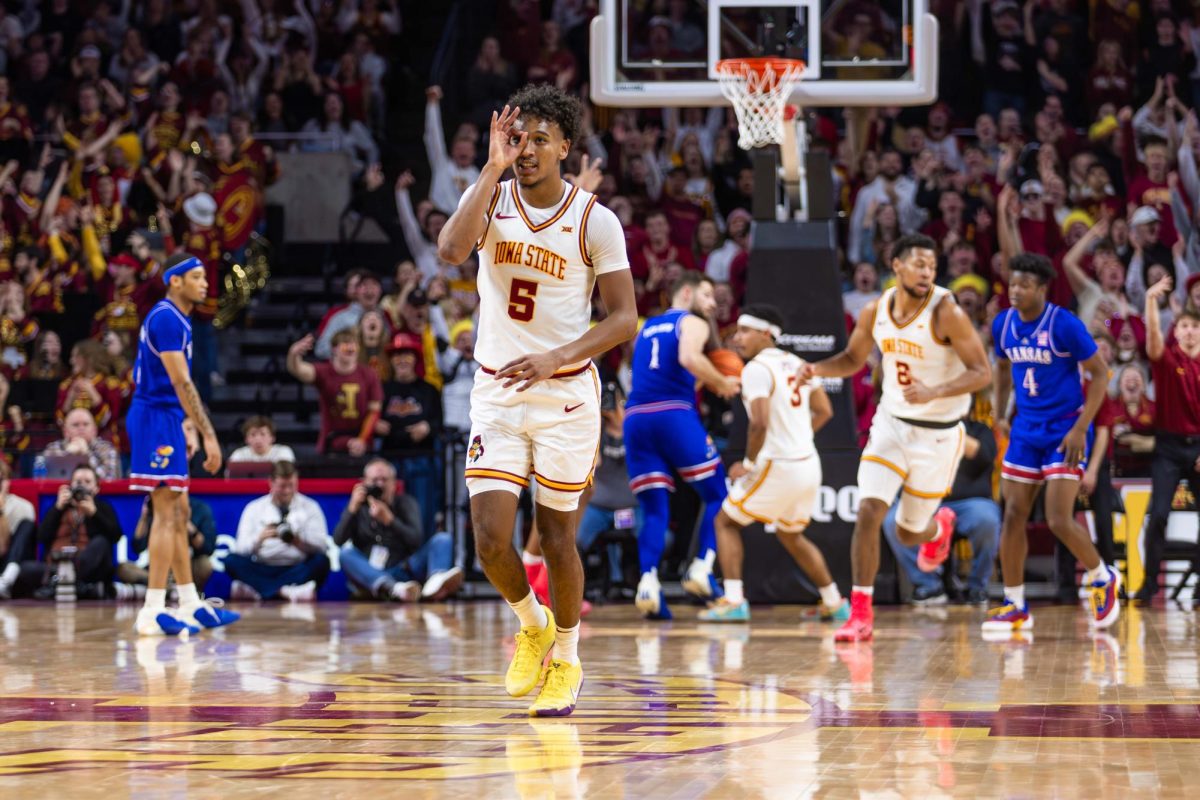College of Education learns to deal with cuts
April 22, 2003
Part of an ongoing series about Iowa State’s response to state budget problems.
After state budget cuts, the College of Education has been forced to find ways to work with $100,000 less than they were provided last year.
Associate Dean Roger Smith said the college has tried to be optimistic and creative in finding ways to deal with the decreased budget.
“We have to find a balance of strategic and opportunistic moves,” said Smith, professor of industrial education and technology.
Although no faculty have been fired, Smith said the college did not rehire replacements for positions left vacant after the last academic year.
He said the College of Education first cut administrative and faculty costs before making cuts that would affect students.
“We want to minimize the overt effects on students,” Smith said.
He said class size in the College of Education is increasing and fewer classes are being offered, but the college is taking steps to alleviate potential problems for students.
“We encourage students to participate in the Soar in Four program, and we are reducing the number of course and credits required to graduate,” Smith said.
The Soar in Four program is a contract students can sign with the university before they come to school guaranteeing graduation in four years.
Nicole Welch, senior in elementary education, said she is feeling the effects of this year’s budget cuts.
“Some of my classes have gotten larger because they are combining classes into a lump sum because they don’t have as many professors,” she said.
Welch said her educational psychology class has been combined to total around 250 students.
Her professor said he has never taught a class that large.
“I don’t think he is very confident about teaching a lecture class,” she said.
The tests were multiple-choice, rather than essay tests, which she thought would have been appropriate for the material, Welch said. She said it wasn’t possible for the professor to grade essay tests because it would have taken too long with the large class size.
“It turned into a lecture instead of a small group learning experience,” Welch said.
Smith said typically one-third of the cost of a student’s education is funded by the students, one-third by the state and one-third by grants, but recently the weight is shifting more toward students.
Welch said tuition increases are causing her extra stress.
“I guess I’ll be putting more money toward school when I wanted to be saving for the future,” she said. “It’s setting me back.”
Smith said the Health and Human Performance and training and development for education leadership programs have been affected by the budget cuts.
Jerry Thomas, professor and chairman of the health and human performance department, said it recently decided to combine the community health major and exercise and sports science major into a single major.
“We can do it as effectively with one program and some options,” Thomas said.
Students will receive their bachelor of science in human health and performance and choose from six options, including a community and public health option, and an exercise and sports science option.
“The budget had some influence, but we would have considered it, budget cuts or not,” Thomas said.






